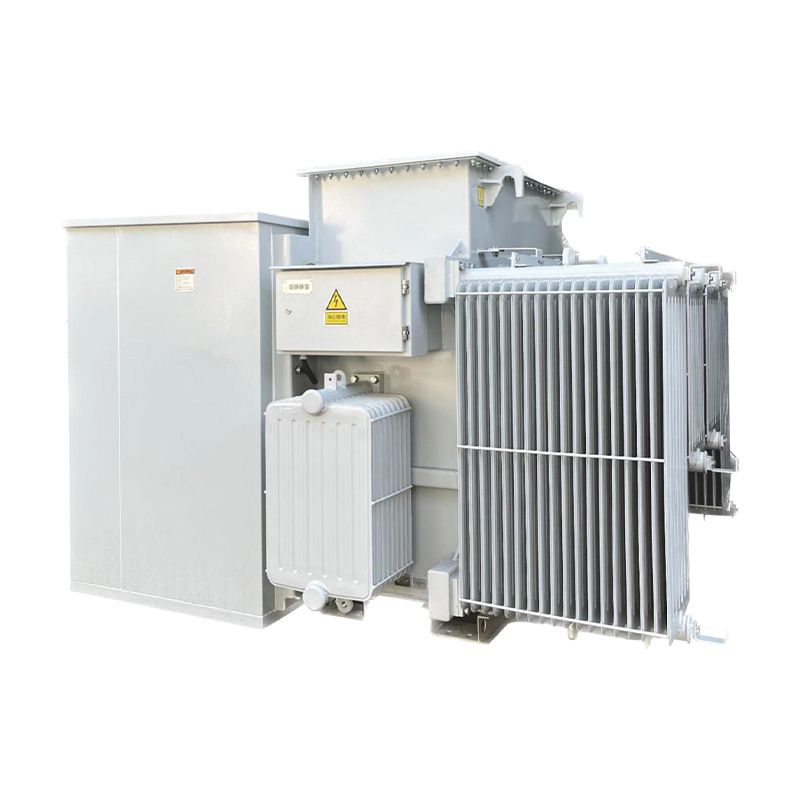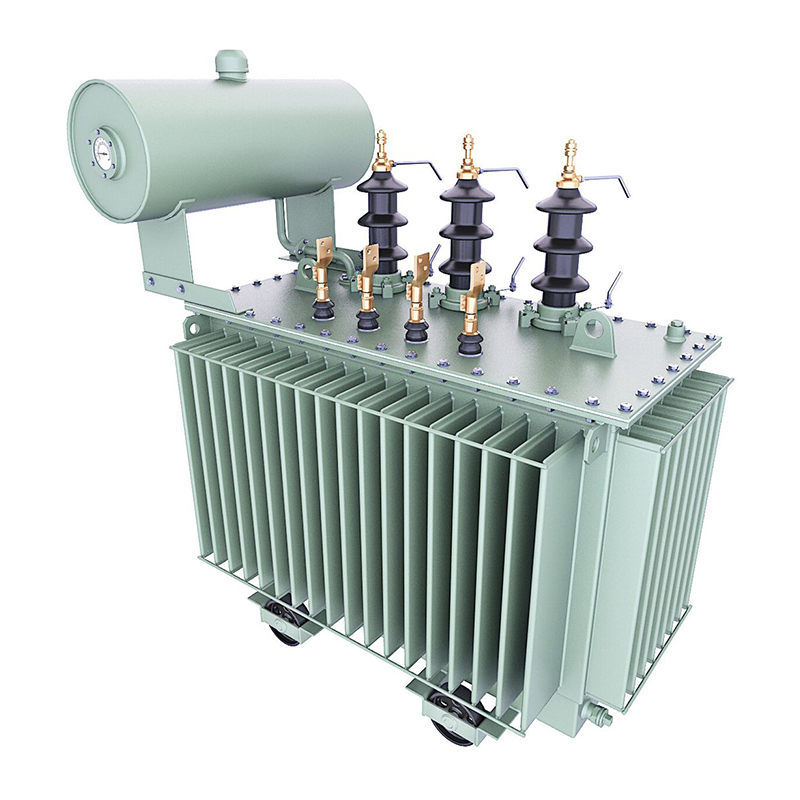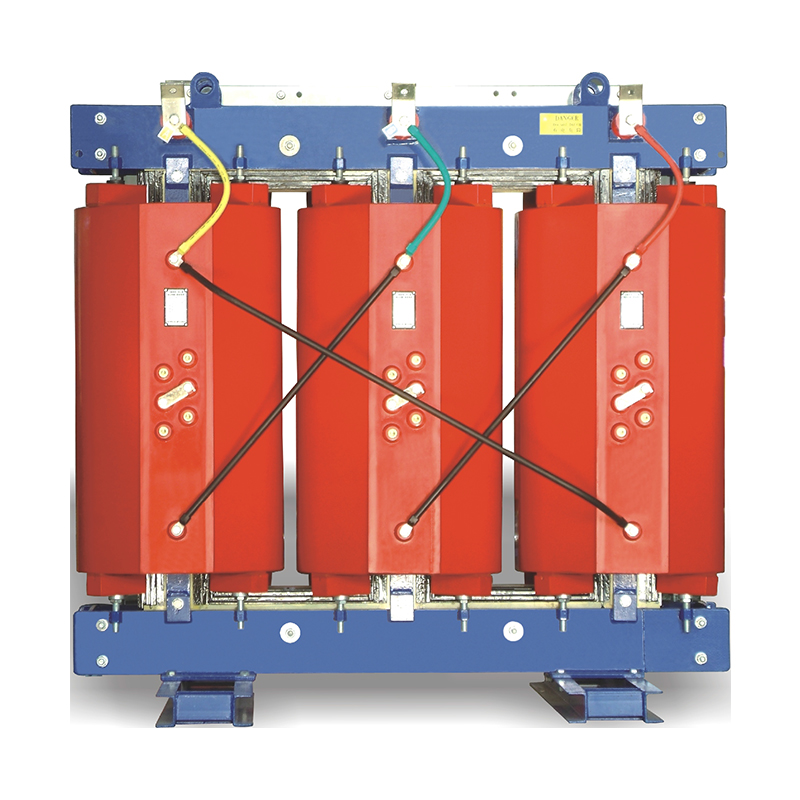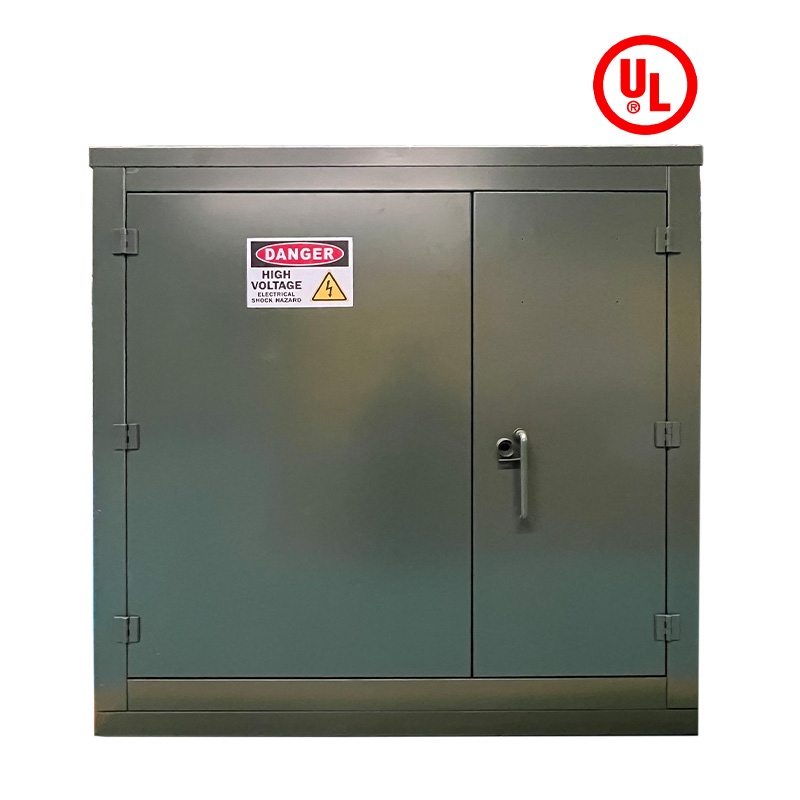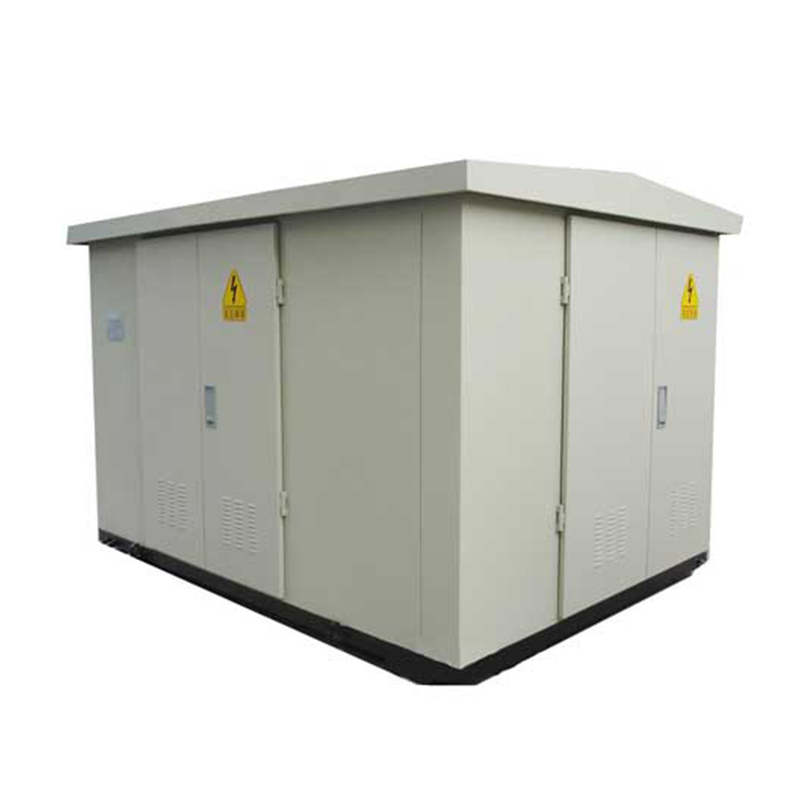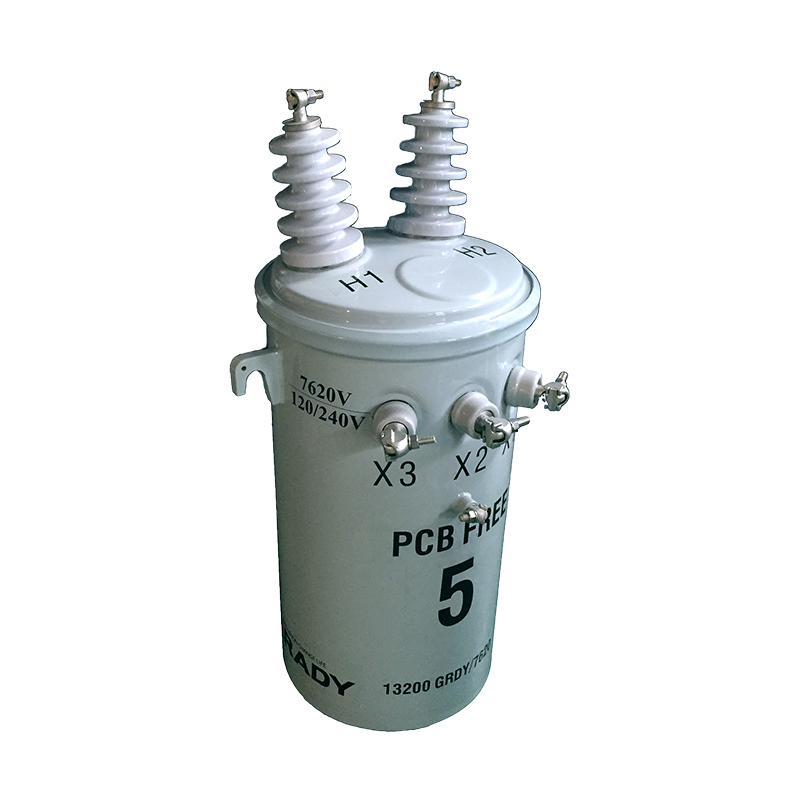Power transformers serve as critical components in electrical power systems, responsible for voltage conversion and energy transmission. Moisture ingress into transformers, often caused by seal degradation, condensation during operation, or improper maintenance, poses significant threats to their reliability and service life. This paper systematically analyzes the hazards of transformer moisture ingress and introduces advanced drying treatment technologies, aiming to provide theoretical and practical guidance for power system maintenance.
Moisture absorption by solid insulation (e.g., pressboard, paper) reduces its dielectric strength and increases electrical conductivity. Water molecules disrupt the molecular structure of cellulose-based materials, leading to a significant decrease in insulation resistance. For example, a 1% increase in moisture content of transformer paper can reduce its breakdown voltage by up to 30% [1]. This degradation accelerates partial discharge (PD) activity, which further decomposes insulation materials and generates harmful byproducts like carbon monoxide and methane.
Transformer oil, a key insulating medium, becomes contaminated when mixed with water. Water droplets in oil disrupt the uniform electric field, causing local ionization and PD. Additionally, water reacts with oxygen and impurities in oil, promoting oxidation and the formation of sludge, which clogs oil channels and reduces heat dissipation efficiency. Studies show that moisture content exceeding 20 ppm in transformer oil can double the risk of thermal breakdown [2].
Moisture-induced corrosion of winding conductors weakens their mechanical strength, potentially leading to short circuits. In the core, moisture causes rusting of laminations, increasing eddy current losses and magnetic hysteresis. Severe cases may result in core deformation or even mechanical failure, disrupting the transformer’s electromagnetic balance.
Excessive moisture triggers thermal runaway by reducing the thermal conductivity of insulation. This leads to uneven temperature distribution inside the transformer, causing thermal stress on windings and mechanical parts. In extreme scenarios, moisture-induced failures can lead to sudden outages, affecting grid stability and causing substantial economic losses.
Moisture-related insulation degradation may lead to arc discharges, which generate high temperatures and pressure inside the transformer. This increases the risk of explosions or oil leaks, posing safety hazards to personnel and environmental pollution due to oil spillage. Moreover, decomposed insulation materials release toxic gases, further exacerbating safety risks.
HOCD technology utilizes heated transformer oil as a heat carrier to remove moisture. The system consists of an oil heater, a filter press, a vacuum pump, and circulation pipelines. Heated oil (typically at 60–80°C) is circulated through the transformer, transferring heat to moisture-saturated insulation materials. Evaporated water is then extracted by the vacuum pump [3].
Pre-treatment: Drain the oil and inspect for mechanical damage.
Oil heating and circulation: Heat the oil to the target temperature and circulate it at a flow rate of 5–10 m³/h.
Vacuum application: Maintain a vacuum degree of ≤133 Pa to accelerate moisture evaporation.
Monitoring: Continuously track oil moisture content (via Karl Fischer titration) and insulation resistance (IR) until stable values are reached.
Advantages: Non-disassembly required, suitable for on-site maintenance; efficient for moderate moisture ingress.
Limitations: Long treatment time (72–120 hours for large transformers); limited effectiveness for deep-seated moisture in dense insulation.
VD reduces the ambient pressure to lower the boiling point of water, enabling moisture evaporation at lower temperatures (40–60°C). Combined with hot air or oil heating, this method enhances moisture removal efficiency. High vacuum (≤10 Pa) creates a pressure gradient that drives water vapor out of insulation materials [4].
Vacuum chamber or tent for on-site use
High-capacity vacuum pumps (e.g., roots pumps + rotary vane pumps)
Temperature control system (electric heaters or hot air blowers)
VD is ideal for transformers with severe moisture ingress (insulation moisture >5%) or those requiring rapid drying. For example, a 220 kV transformer can be dried within 48 hours using a mobile vacuum drying unit, with moisture content reduced from 6% to <0.5% [5].
GPD, also known as "Vacuum Gas Phase Drying," uses transformer oil vapor as a heat transfer medium. The process involves:
Pre-vacuum: Evacuate the transformer to ≤100 Pa.
Vapor heating: Introduce oil vapor (100–110°C) into the tank, which condenses on cold surfaces to release latent heat.
Moisture extraction: Vacuum pumps remove water vapor, while liquid oil is recycled.
Uniform heating: Oil vapor penetrates deep into insulation, ensuring consistent drying.
High efficiency: Reduces treatment time by 30–50% compared to traditional VD.
Environmentally friendly: Minimizes oil degradation and waste generation.
A 500 kV power transformer in a substation showed insulation resistance of 100 MΩ (normal >1000 MΩ) due to condensation. After 36 hours of GPD treatment, IR recovered to 1500 MΩ, and oil moisture dropped from 45 ppm to 8 ppm [6].
HAD uses heated air (80–100°C) circulated through the transformer to evaporate moisture. Air is dried by desiccant dehumidifiers before heating, achieving a dew point below -40°C. This method is suitable for small to medium-sized transformers or as a pre-treatment for severe cases.
Air heater (electric or gas-fired)
Desiccant dehumidifier
Circulation fans and ducts
Temperature/humidity monitoring system
Air flow rate must be optimized (1–2 m/s) to avoid dust accumulation.
Oxygen in air may accelerate oil oxidation, requiring nitrogen purging in prolonged treatments.
Before treatment, conduct:
Moisture content testing (Karl Fischer for oil; dielectric frequency response analysis (DFRA) for solid insulation)
PD measurement to evaluate insulation degradation
Oil chromatographic analysis (DGA) to identify fault gases
Avoid exceeding 90°C to prevent insulation thermal aging.
Adopt stepwise heating (e.g., 40°C → 60°C → 80°C) for large transformers to minimize thermal stress.
Insulation resistance (IR) should exceed 1000 MΩ at 25°C.
Oil moisture content ≤10 ppm for 500 kV transformers, ≤20 ppm for lower voltage classes.
PD intensity <10 pC (IEC 60270 standard).
Combining HOCD with VD (e.g., "Vacuum Hot Oil Circulation") integrates the advantages of both methods, achieving faster drying for complex transformer structures. Field tests show that hybrid systems can reduce treatment time by 40% compared to single methods [7].
IoT-based sensors for real-time moisture, temperature, and PD monitoring enable predictive drying. AI algorithms optimize process parameters based on historical data, improving efficiency and reducing human error.
Research into non-oil heat carriers (e.g., supercritical CO₂) aims to eliminate oil degradation risks and reduce environmental impact. Supercritical CO₂’s high diffusivity allows deep moisture removal with minimal energy consumption [8].
Moisture ingress in
power transformers poses severe threats to insulation reliability, electrical performance, and operational safety. Effective drying treatments, including HOCD, VD, GPD, and HAD, play critical roles in restoring transformer functionality. Future developments will focus on hybrid technologies, intelligent control systems, and eco-friendly media to enhance drying efficiency and sustainability. Regular maintenance and proactive moisture prevention are equally vital to minimizing the need for emergency drying treatments.
[1] IEEE Std C57.12.91-2011, IEEE Guide for Acceptance and Maintenance of Insulating Oil in Transformers.
[2] Wang, L., et al. (2018). "Influence of Moisture on Transformer Oil Degradation Kinetics." IEEE Transactions on Dielectrics and Electrical Insulation, 25(3), 1023-1030.
[3] CIGRE TB 766, Guide for On-site Drying of Power Transformers.
[4] IEC 60897:1987, Power transformers - Drying procedures for transformers.
[5] State Grid Corporation of China. (2020). Technical Specifications for Transformer On-site Drying.
[6] Zhang, W., et al. (2022). "Case Study on Gas Phase Drying of 500 kV Power Transformers." High Voltage Engineering, 48(5), 1654-1662.
[7] EPRI Report 3002021456, Advanced Transformer Drying Technologies for Field Applications.
[8] Li, X., et al. (2023). "Supercritical CO₂ as a Novel Drying Medium for Power Transformers." IEEE Transactions on Power Delivery, 38(3), 1567-1575.





